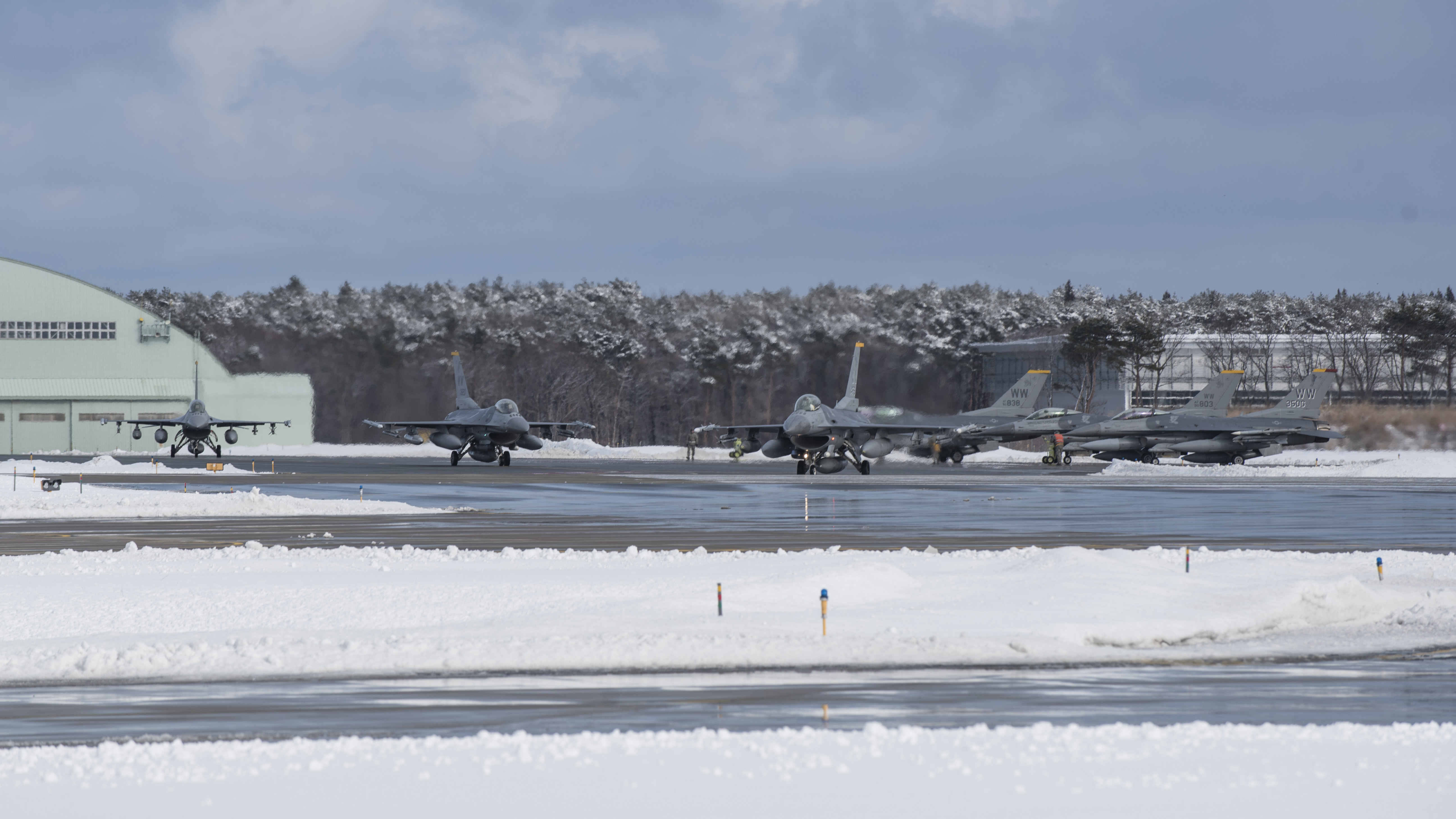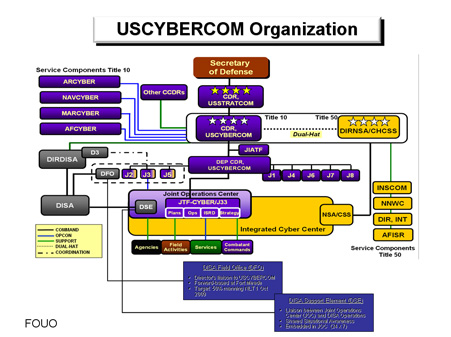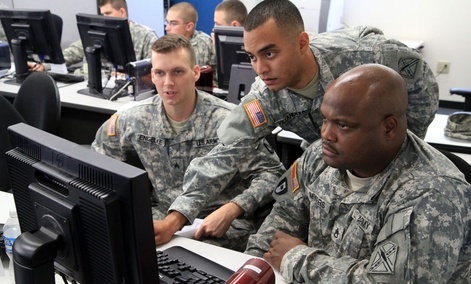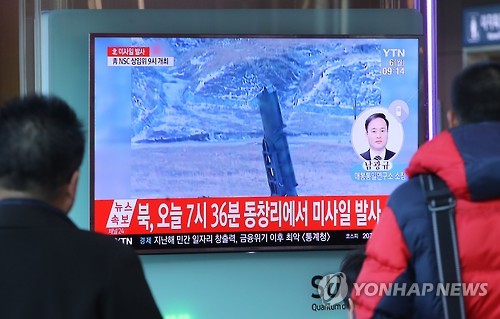Check your personal cell phone, who manufactured it… ZTE is the No. 4 smartphone vendor in the United States, selling handset devices to U.S. mobile carriers AT&T Inc (T.N), T-Mobile US Inc (TMUS.O) and Sprint Corp (S.N).
Since 1995, the United States has provided North Korea with over $1.2 billion in assistance, of which about 60% has paid for food aid and about 40% for energy assistance. As of early March 2010, the United States is not providing any aid to North Korea, except for a small medical assistance program. The Obama Administration, along with the South Korean government, have said that they would be willing to provide large-scale aid if North Korea takes steps to irreversibly dismantle its nuclear program. The main vehicle for persuading Pyongyang to denuclearize is the Six-Party Talks, involving North Korea, the United States, China, South Korea, Japan, and Russia. The Talks have not met since late 2008.
North Korea did not militarily threaten the region until the Obama administration. Since, North Korea has taken exceptional steps in the realm of illicit activities, collusion, theft and shadow companies to finesse sanctions. China is essentially in the diplomatic field responsible for checks and balances on North Korea and once again is calling for a truce of sorts. This objective is not new and has failed each time.
Enter Japan, where the Prime Minister, Shinzo Abe who has been in contact with the White House is escalating responsive military actions against North Korea. This could lead to a much more hostile region. It seems that the recent missile launches coordinated with Iran are part of a mission to strike U.S. bases in the region. There are 3 of distinction, however the United States maintains additional joint locations.

Rattled by North Korean military advances, influential Japanese lawmakers are pushing harder for Japan to develop the ability to strike preemptively at the missile facilities of its nuclear-armed neighbor.
Japan has so far avoided taking the controversial and costly step of acquiring bombers or weapons such as cruise missiles with enough range to strike other countries, relying instead on its U.S. ally to take the fight to its enemies.
But the growing threat posed by Pyongyang, including Monday’s simultaneous launch of four rockets, is adding weight to an argument that aiming for the archer rather than his arrows is a more effective defense.
“If bombers attacked us or warships bombarded us, we would fire back. Striking a country lobbing missiles at us is no different,” said Itsunori Onodera, a former defense minister who heads a ruling Liberal Democratic Party committee looking at how Japan can defend against the North Korean missile threat. “Technology has advanced and the nature of conflict has changed.”
*** Meanwhile, as an indication of illicit activities and fraud, below is a sample.
China’s ZTE pleads guilty, settles with U.S. over Iran, North Korea sales
NEW YORK (Reuters) – Chinese telecom equipment maker ZTE Corp <000063.SZ> has agreed to pay $892 million and plead guilty to criminal charges for violating U.S. laws that restrict the sale of American-made technology to Iran and North Korea.
While a guilty plea deals a blow to ZTE’s reputation, the resolution could lift some uncertainty for a company that relies on U.S. suppliers for 25 percent to 30 percent of its components.
A five-year investigation found ZTE conspired to evade U.S. embargoes by buying U.S. components, incorporating them into ZTE equipment and illegally shipping them to Iran.
In addition, it was charged in connection with 283 shipments of telecommunications equipment to North Korea.
“ZTE Corporation not only violated export controls that keep sensitive American technology out of the hands of hostile regimes like Iran’s, they lied … about their illegal acts,” U.S. Attorney General Jeff Sessions said in a statement.
The investigation, spearheaded by the U.S. Department of Commerce, followed reports by Reuters in 2012 that ZTE had signed contracts to ship millions of dollars worth of hardware and software from some of the best-known U.S. technology companies to Iran’s largest telecoms carrier.
The Justice Department noted one Reuters article in its statement announcing the plea deal on Tuesday. The original report can be read here: http://www.reuters.com/article/us-iran-telecoms-idUSBRE82L0B820120322.
The company’s guilty pleas, which must be approved by a judge, will take place in U.S. District Court in Texas. The Shenzhen-based company has a U.S. subsidiary in Richardson, Texas.
In March 2016, ZTE was placed on a list of entities that U.S. firm could not supply without a license. ZTE acted contrary to U.S. national security or foreign policy interests, the Commerce Department said at the time.
ZTE purchases about $2.6 billion worth of components a year from U.S. technology companies, according to a company spokesman. Qualcomm (QCOM.O), Microsoft (MSFT.O) and Intel (INTC.O) are among its suppliers.
Items shipped in violation of U.S. export laws included routers, microprocessors and servers controlled under export regulations.
Authorities said executives at ZTE approved the scheme to prevent disclosure of the sales. The scheme included a data team that destroyed or sanitized materials involving ZTE’s Iran business after March 2012.
“Despite ZTE’s repeated attempts to thwart the investigation, the dogged determination of investigators uncovered damning evidence,” said Douglas Hassebrock, director of the Commerce Department office that led the investigation.
Last year, Commerce released internal documents showing senior ZTE executives instructing the company to carry out a project for dodging export controls in Iran, North Korea, Syria, Sudan and Cuba.
The company on Tuesday agreed to a seven-year suspended denial of export privileges, which could be activated if there are further violations. A denial order would bar the receipt of U.S. origin goods and technology.
The denial order is key to keeping ZTE in line, said Eric Hirschhorn, former Under Secretary at the Commerce Department, who was involved in the investigation.
“If the suspension is removed, they’ll probably be put out of business,” he said.
ZTE also agreed to three years of probation, a compliance and ethics program, and a corporate monitor.
The settlement includes a $661 million penalty to Commerce; $430 million in combined criminal fines and forfeiture; and $101 million paid to the Treasury’s Office of Foreign Assets Control (OFAC). The action marks OFAC’s largest-ever settlement with a non-financial entity.
ZTE also agreed to an additional penalty of $300 million to the U.S. Commerce Department that will be suspended during a seven-year term on the condition the company complies with requirements in the agreement.
In addition to being one of the world’s biggest telecommunications gear makers, ZTE is the No. 4 smartphone vendor in the United States, selling handset devices to U.S. mobile carriers AT&T Inc (T.N), T-Mobile US Inc (TMUS.O) and Sprint Corp (S.N).






 US SOF base at cement plant between Manbij, Raqqa.
US SOF base at cement plant between Manbij, Raqqa. The Asahi Shimbun
The Asahi Shimbun







 Then we have the gullible Prime Minister of Canada, Justin Trudeau who has invited Middle Eastern migrants, asylees and refugees in a welcome to Canada. Yet the intelligence and security authorities in Canada have a different position.
Then we have the gullible Prime Minister of Canada, Justin Trudeau who has invited Middle Eastern migrants, asylees and refugees in a welcome to Canada. Yet the intelligence and security authorities in Canada have a different position.









